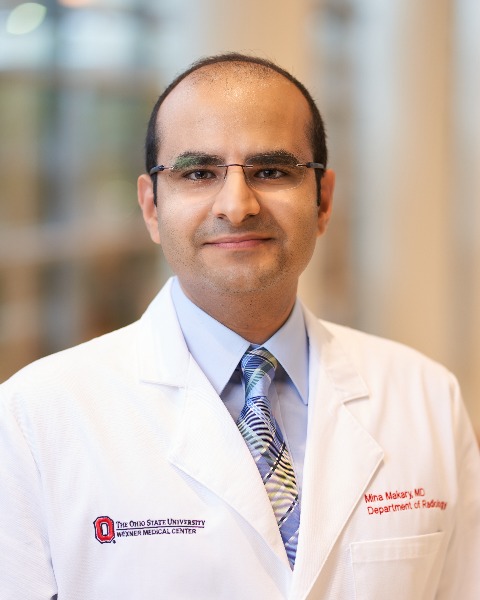General IR
IR Management of Thyroid Disease: A Review of Thyroid Nodule Ablation and Embolization Therapies

Warren A. Campbell, IV, PhD (he/him/his)
Medical Student
The Ohio State UniversityDisclosure(s): No financial relationships to disclose

Mina S. Makary, MD (he/him/his)
Interventional Radiologist
The Ohio State University Wexner Medical Center
Abstract Presenter(s)
Author/Co-author(s)
To present advancements in ablation and catheter-directed techniques for treatment of thyroid nodules and discuss evidence-based approaches for proper application.
Background:
Recent developments in the treatment of thyroid nodules have made the implementation of thyroid ablations a safe and effective alternative to standard surgical procedures. Available modalities include radiofrequency, laser, microwave, ethanol, and high-intensity ultrasound ablation. Recently, arterial thyroid embolization has been introduced as a catheter-directed therapy for thyroid nodules. These procedures can significantly improve the quality of life and outcomes for patients with thyroid disease while avoiding surgical risks and costs, but it is important to understand the advantages of each procedure to sufficiently treat the patient and prevent repeat procedures and complications.
Clinical Findings/Procedure Details:
This educational exhibit will: (1) present an exhibit relevant thyroid cellular and vascular anatomy, (2) review the characteristics of thyroid nodules and subtypes, and their corresponding treatment paradigms, (3) describe the interventional approach to thyroid nodules and procedural techniques for catheter-directed and ablative therapies, (4) review the relevant indications and patient selection for IR therapies for benign and malignant neoplasms, (6) explore risks and contraindications to IR therapies, (5) summarize advancements in tools and techniques to advance therapeutic benefits.
Conclusion and/or Teaching Points:
After reviewing this exhibit, the viewer will gain a deeper understanding of emerging IR therapies for treatment of thyroid nodules and their role in the current medical/surgical treatment paradigm.

.png)
.png)
.png)
.png)
.jpg)
.png)
.jpg)
.jpg)
.png)